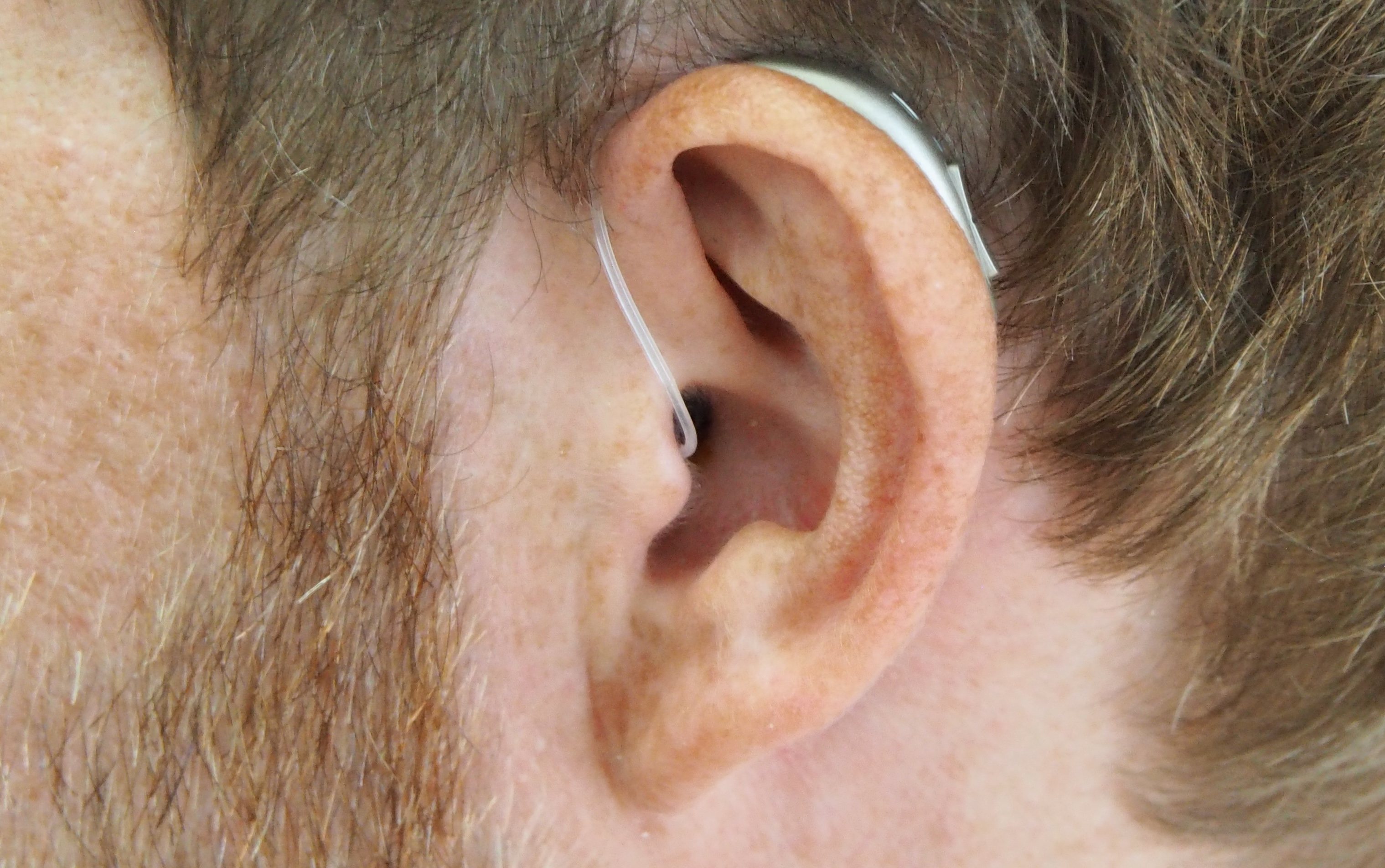Hearing Aids
Last updated: July 9th, 2025

Hearing aids are small electronic devices that amplify sound, aiding those with hearing loss for better communication and improved auditory experience.
Hearing aids are usually prescribed by audiologists. An audiologist has specialised training in assessing and treating hearing loss.
In fact audiologists conduct thorough hearing evaluations to assess the degree and type of hearing loss. Based on the results, they can determine whether hearing aids are an appropriate solution.
Why would they prescribe hearing aids?
- Customisation: Hearing aids are not one-size-fits-all. Audiologists consider individual hearing needs, lifestyle, and preferences when recommending and customising hearing aids. This ensures optimal performance and user satisfaction.
- Adjustments and Follow-up: Hearing aids often require adjustments and fine-tuning to meet the user's changing needs. Audiologists provide ongoing support, including follow-up appointments to make necessary adjustments and address any concerns.
How hearing aids work
Hearing aids are electronic devices designed to amplify sound. They make it easier for individuals with hearing loss to communicate and participate in daily activities. The basic components of a hearing aid include a microphone, an amplifier, a receiver, and a power source, usually a battery:
- Microphone: Picks up sound from the environment.
- Amplifier: Increases the volume of the incoming sound based on the user's hearing loss profile.
- Receiver: Converts the amplified electrical signals back into sound and delivers it to the ear.
- Power Source: Typically, hearing aids use batteries to power the electronic components.
Features and Directions for Use
- Insertion: Place the hearing aid in or on your ear as directed by your audiologist.
- Power On/Off: Turn on the hearing aid using the switch or button provided. Some models may turn on automatically when placed in the ear.
- Volume Control: Adjust the volume to a comfortable level. Start at a lower volume and gradually increase it if needed.
- Maintenance: Clean the hearing aid regularly, replacing wax guards or filters as recommended. Keep the device dry and store it in a safe place when not in use.
- Follow-up Appointments: Attend scheduled appointments with your audiologist for adjustments and maintenance.
- Battery Replacement: Change the batteries when needed, following the manufacturer's recommendations.
- Avoid Moisture and Heat: Keep the hearing aid away from moisture and extreme heat to prevent damage.
It's crucial to follow the specific instructions provided by both your audiologist and the hearing aid manufacturer.
Regular check-ups and communication with your audiologist ensure that your hearing aids continue to meet your needs effectively.